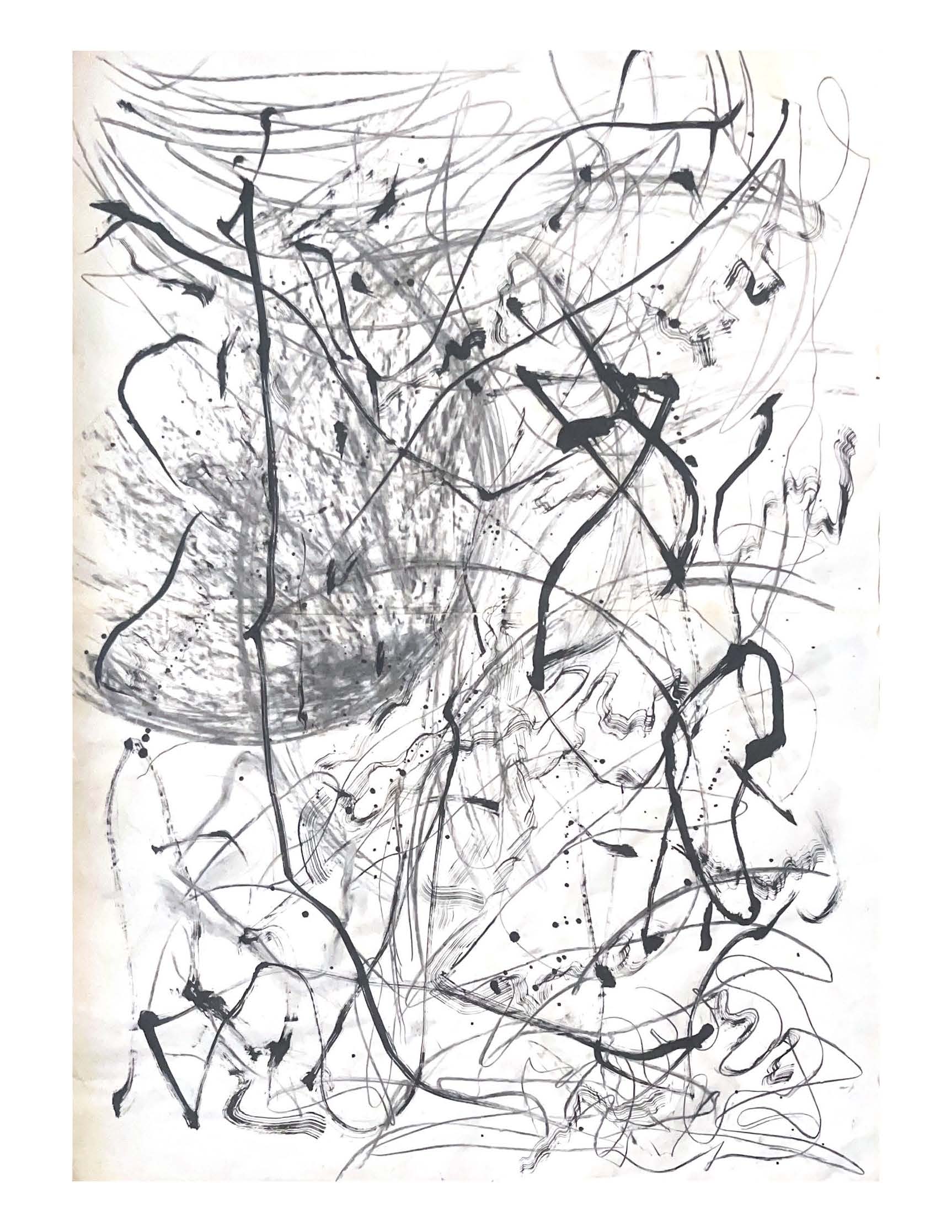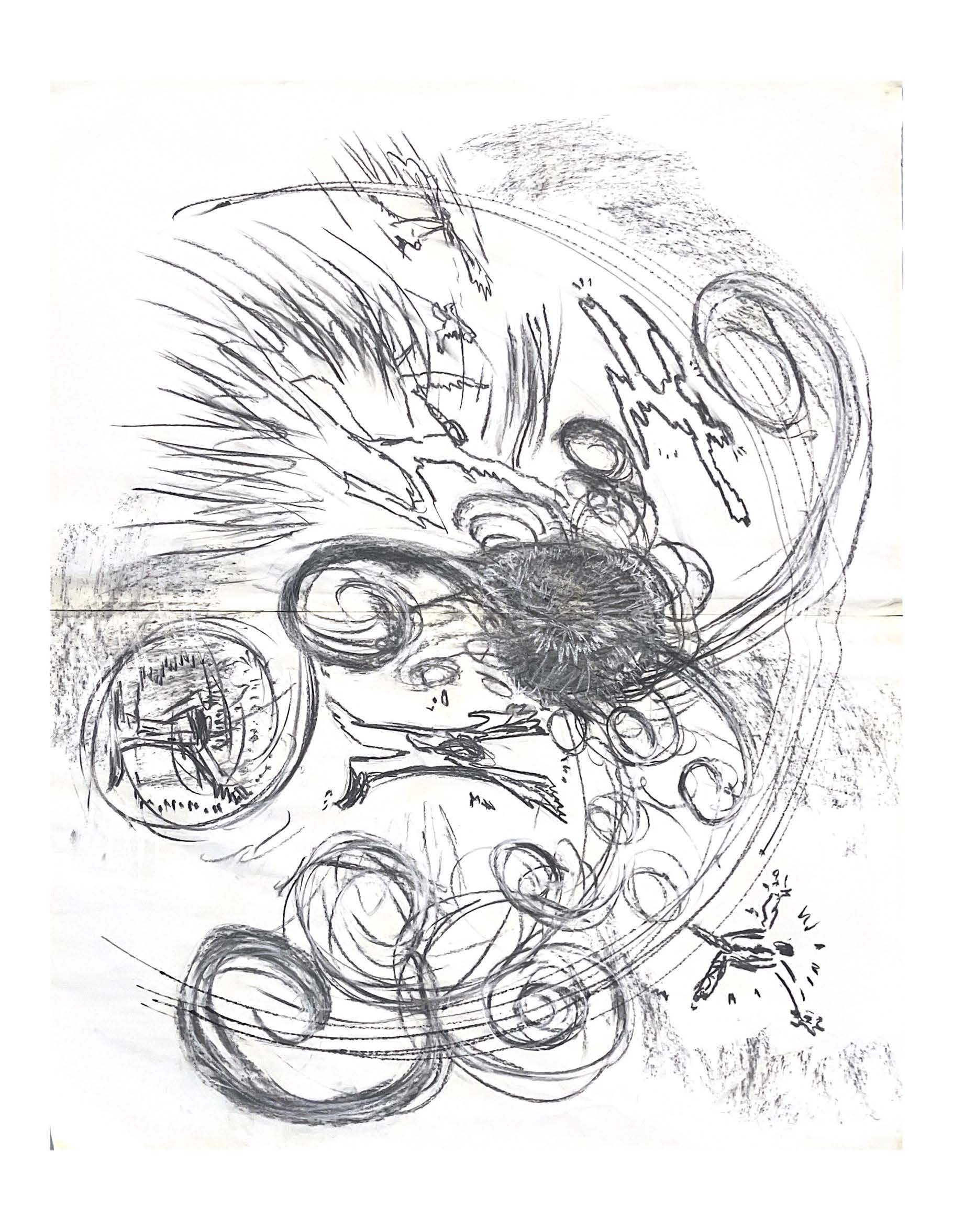Brushstrokes of Dyslexia
Nurul Yasmeen Binte Mohammad Rafie

Brushstrokes of Dyslexia: A Visual Narrative of Reading, Writing, and the Perception - An Autoethnography is Meen’s personal exploration of her experience with dyslexia through typography and drawing as tools of expression. By delving into personal narratives and observations, Meen’s project seeks to uncover the unique perspectives and challenges associated with dyslexia, while also highlighting the creative potential in alternative modes of communication.
I have a memory from my early childhood when my grandmother was teaching me how to read the Quran. I was around four or five years old at the time. In the Quran, there are specific rules for proper pronunciation and connecting Arabic alphabets. However, I struggled to do this correctly and couldn't pronounce the words. I felt completely stuck during the lesson. My grandmother was puzzled by my inability to pronounce the words, and she expressed her frustration by scolding me for not speaking up. My sister stepped in, but I remained unable to comprehend it, which frustrated her to the point where she scolded me for not vocalising my struggles. Skipping ahead to when I was in Primary 2, I attended multiple tutoring centres in an attempt to improve my reading skills. The difficulty persisted until I reached Primary 5 when my mother took me for a DAS examination screening test, and it revealed that I had mild dyslexia.
I was very intrigued by this specific piece  . When I looked at it, I felt an energy that's like, burning, you
know? And this might sound funny, but I thought it looked like people airbending, waterbending, or
whatever. So could you tell me more about this piece?
. When I looked at it, I felt an energy that's like, burning, you
know? And this might sound funny, but I thought it looked like people airbending, waterbending, or
whatever. So could you tell me more about this piece?
Basically this is one of my projects for subconscious drawing. When I was doing this with an empty canvas, I didn't really know what to do. At that time, I was dealing with a lot of tasks that I didn't know what to do with.I was writing down my feelings, like frustration, anxiety — all that listed down. From there, I thought: how can this be an image of what I'm feeling? So I just started drawing. At that time I was into comic books. The lines and everything, I think influenced me to draw more shapes. I also saw in the comic books some kind of a falling effect. I tried drawing those and for some reason the brush strokes just looked like a six and a nine.
So you can interpret it in a different way. I drew humans also. I guess it symbolises the friends that were helping me out through the struggles that I was having at that time. During that week, all of us were talking about how to deal with it. The drawing was kind of saving me from this black hole. For this piece, I used charcoal because it's very expressive in its brush strokes. I expressed a lot of frustration with the strokes. I really went with the flow for this one. For some reason it was one of the best works I did.
Going back to your experience of growing up with dyslexia, were there any changes in the way that you express yourself now that you're an adult compared to when you were five years old reading the Quran?
I remember when I was young I was really very very shy and quiet. Even my freaking report book literally said like Yasmeen is a quiet child. She needs to participate more in activities. Then when I was in secondary school, I started to kind of express myself a bit more. It's a very personal growth in a way. I get to express myself, even though I couldn't last time. I didn’t have a voice or anything. I always felt very lost. I was so blur. I didn't even know what was happening in the world. Then now it's like, it's a very eye opening thing. I feel like I'm more extroverted in a way. Somehow it's so easy for me to talk to people.
See Antidotes for Bruised Creatives
See Folia Imprints, Garbage Playtime!, and The Dish is Your Canvas
See Healing Emotions through Interwoven Virtual Paint, and Seeing Glass Children